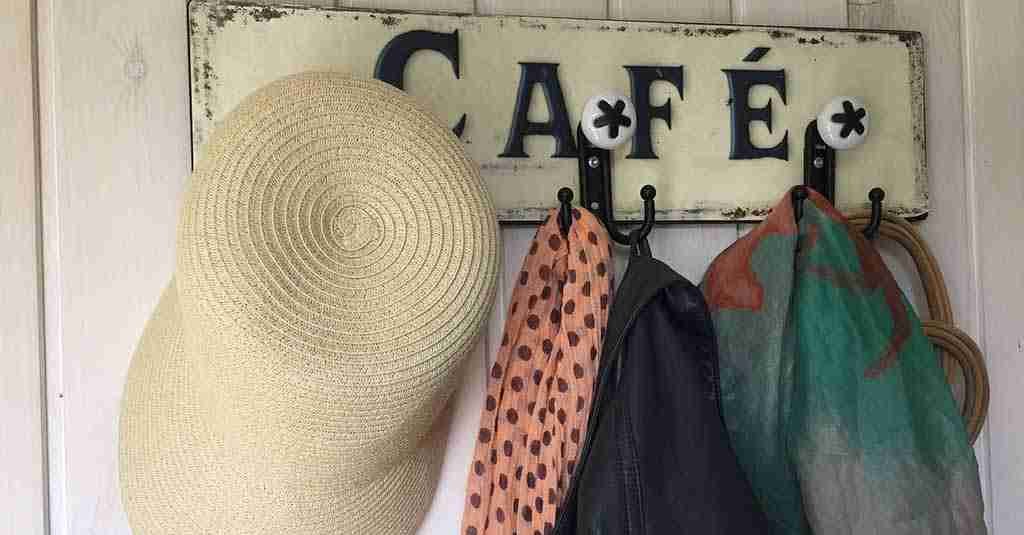Overview
The peg word system is the first mnemonic technique I learned. It is wonderfully simple and versatile. The peg word system makes memorizing lists, definitions, and additional information easy.
To begin, we choose a noun that rhymes with the number in our sequence. Try to imagine the following example as we move along.
The number one can be represented by a bun. Bun is the peg for number one. We then visualize that noun (bun) playing with the word we want to remember. Let’s say I am making a list of terms I need to remember for a test. The first word is mediate.
To begin, I create an action for the bun that is related to mediation. In my mind, I form a little cartoon bun with its arms out, holding back two people who want to fight each other. The bun is mediating their fight. Now, I think to myself: one, bun, mediation while imagining the little cartoon playing out.
This system has a couple of advantages over other mnemonic techniques. First, it is easier to remember the list out of sequence, whereas a linking system may require more context.
Also, we can repeatedly use the same pegs, which may be necessary if you have many lists that require memorization.
History
While it isn’t exactly clear when mnemonists first used the peg word system, Henry Herdson was the first to write about a peg system in the mid-1600s. His method differed from this version in one aspect. While we are using rhyming words, he used objects that looked like the number to remember. This form is called a peg shape system. For example, he used a candle to represent the number one and a duck to represent the number two – because the shapes vaguely represent the corresponding numbers.
How to Use It
Step 1
The easiest method is to use rhyming words for the number. For longer lists, you might find it better to use the Major System (click here for more information on the major system). But for now, here is a list from one to ten that you can use. You can also make your own peg words.
- Bun
- Shoe
- Tree
- Door
- Hive
- Sticks
- Heaven
- Grate
- Wine
- Hen
Step 2
Now, we take the list we want to remember and begin weaving a little story with the pegs. The story can connect, though it isn’t absolutely necessary; however, linking where possible is a good idea. In this example, we’ll create a grocery list and peg it to the numbers.
Here is our list:
- Apple
- Ham
- Coffee
- Bread
- Chicken
- Avocado
- Orange juice
- Yogurt
- Celery
- Olive oil.
For this to work effectively, we have to visualize a story and make it as real as possible. Try to see, taste, hear, smell, and feel what is happening. Also, when you create a story, make it weird. The crazier the images, the easier it is to remember – which is true of any memory technique. So, here we go:
A bun takes a giant bite out of an apple and then spits something in a shoe. You take a closer look, and it’s a piece of ham inside the shoe.
The shoe is insulted and hops away to find a tree drinking coffee with the Queen of England. You steal the coffee from the queen and continue walking towards an open field.
A door made out of bread is in the middle of the field. You eat the door but then see a bee hive, shaped like a chicken, hanging from the door frame. You poke it with a giant stick. When you take the stick out, there is an avocado at the end of it.
You look up to the heavens, and it starts raining orange juice.
It’s getting sticky and gross outside, so you run into a kitchen to find a cheese grater – the circular kind that restaurants use for parmesan. But when you turn it, glops of yogurt fall from the opening into a glass of wine.
In the glass, you find celery, which you eat. As you eat it, you turn and see that on the kitchen table, there is a hen, laying a bottle of olive oil.
Step Three
Here is the final list and pegs together. Check it to see how well you did.
Here is the list in a table:
- Bun – Apple
- Shoe – Ham
- Tree – Coffee
- Door – Bread
- Hive – Chicken
- Sticks – Avocado
- Heaven – Orange Juice
- Grate – Yogurt
- Wine – Celery
- Hen – Olive Oil
Practice
When learning memory techniques, memorizing things you need to know is the best practice. If nothing in your schedule requires memorizing, try the following list of car parts. Use the peg word list above to help remember your list.
- Steering wheel
- Brakes
- Headlights
- Radiator
- Seat
- Motor
- Speedometer
- Trunk
- Windshield Wiper
- Seatbelt
Join Conrad Andrews on Facebook to get updates on the latest techniques in learning.







